Japanese pickles (tsukemono) offer an incredible range of flavors, textures, and techniques. From lightly salted asazuke that are ready in hours to fermented pickles that develop over months, each style brings something unique to the table.
1. Cucumber Tsukemono
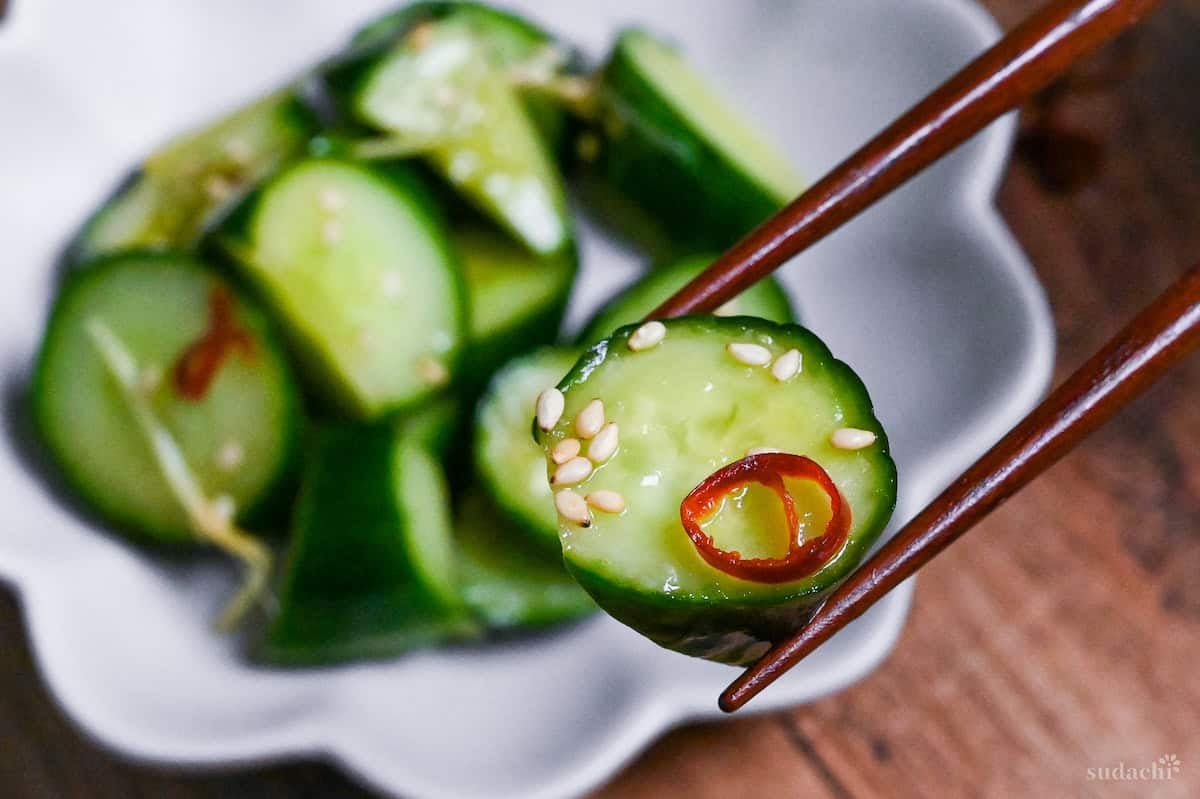
Cool, crisp cucumbers meet fresh ginger, a hint of chili, and toasty sesame for a light kick. It’s a no-cook asazuke that marinates in about an hour and stays snappy and bright. Simple, fast, and perfect as a palate cleanser or snack.
This is hands-down one of the easiest entry points into Japanese pickling culture.
2. Easy Takuan
Traditional takuan requires months of fermenting in rice bran, but I simplified the process to just 2-3 days. I use gardenia pods to naturally achieve that vibrant yellow color without artificial dyes.
If you want both sweetness and visual appeal in your pickle collection, takuan delivers beautifully.
3. Pickled Sushi Ginger (Gari)
This homemade sushi ginger is light, tangy, and beautifully pink when made with young ginger. It’s simple to prepare and keeps well, making it perfect for sushi nights at home.
The gap between homemade and commercial versions is genuinely like night and day.
4. Pickled Napa Cabbage
This quick pickle turns leftover napa cabbage into a refreshing Japanese side dish full of crunch and umami.
The cabbage is salted, then lightly seasoned with soy sauce, vinegar, and chili for a gentle kick. It’s simple, fast, and keeps beautifully in the fridge for a few days.
5. Fukujinzuke
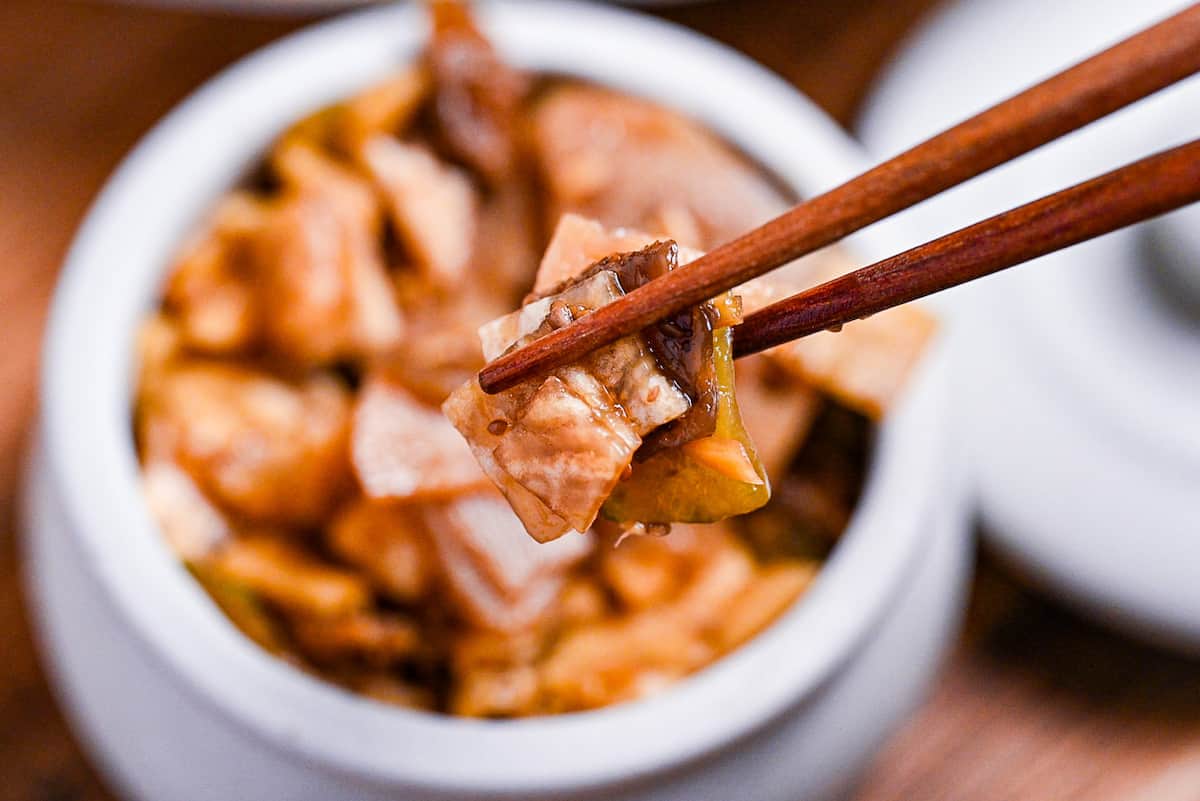
This colorful pickle mix combines daikon, cucumber, eggplant, and lotus root in a sweet-salty soy brine. It’s the classic accompaniment to Japanese curry, adding crunch and a touch of sweetness to every bite.
This is essential for Japanese curry fans!
6. Homemade Umeboshi
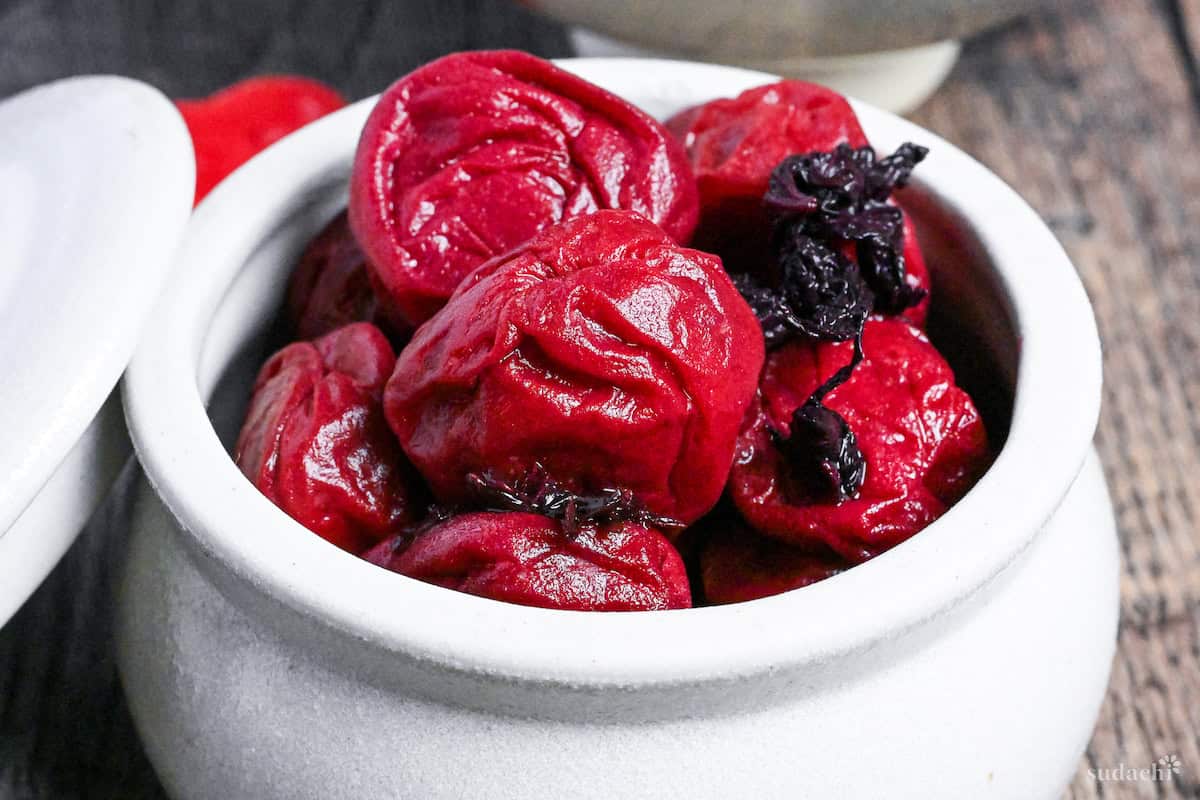
Plums are salted, weighted, and slowly fermented before drying under the summer sun. Red shiso leaves give them that beautiful pink-red hue and a fragrant, earthy aroma. Each plum becomes intensely flavorful, soft yet firm to the bite.
This traditional pickle has been central to Japanese cuisine since ancient times, beloved by everyone from samurai to modern home cooks.
7. Homemade Benishoga
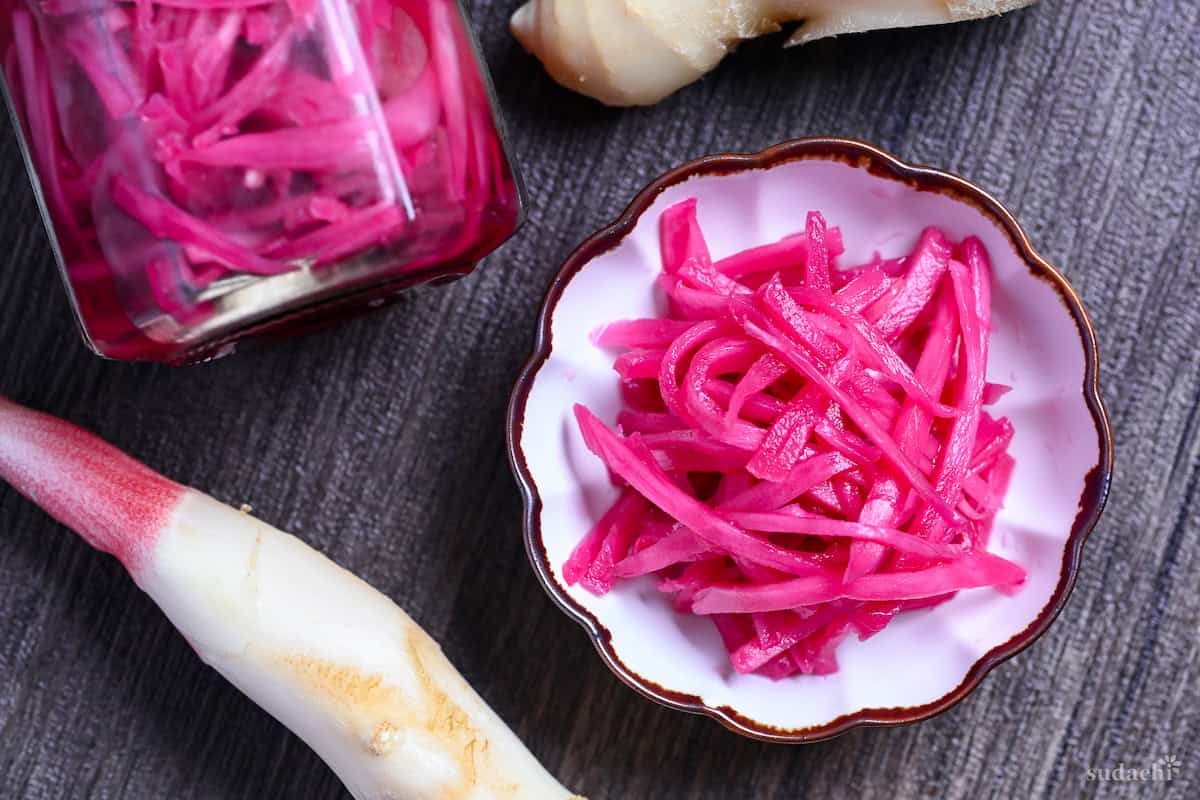
This vibrant red pickled ginger is made by soaking thin ginger strips in a tangy, salty brine. Its sharp flavor and bright color make it the perfect topping for dishes like okonomiyaki, yakisoba, or gyudon.
The homemade version has authentic deep pink color without food coloring.
8. Kohaku Namasu
The matchstick vegetables represent mizuhiki, those red and white decorative cords tied on celebratory gifts in Japan.
As a celebration pickle, kohaku namasu is essential for Japanese New Year but works for any festive meal. It’s simple yet elegant, perfect when you want a homemade pickle that adds color and joy to the table.
9. Bettarazuke
This Tokyo-born pickle turns daikon into a sweet, aromatic delight with a glossy finish. Instead of the usual sharp vinegar tang, it’s mellow and rich, flavored with fermented rice, sugar, and salt.
It’s a little different from other tsukemono.
10. Wasabi Cucumber Pickles
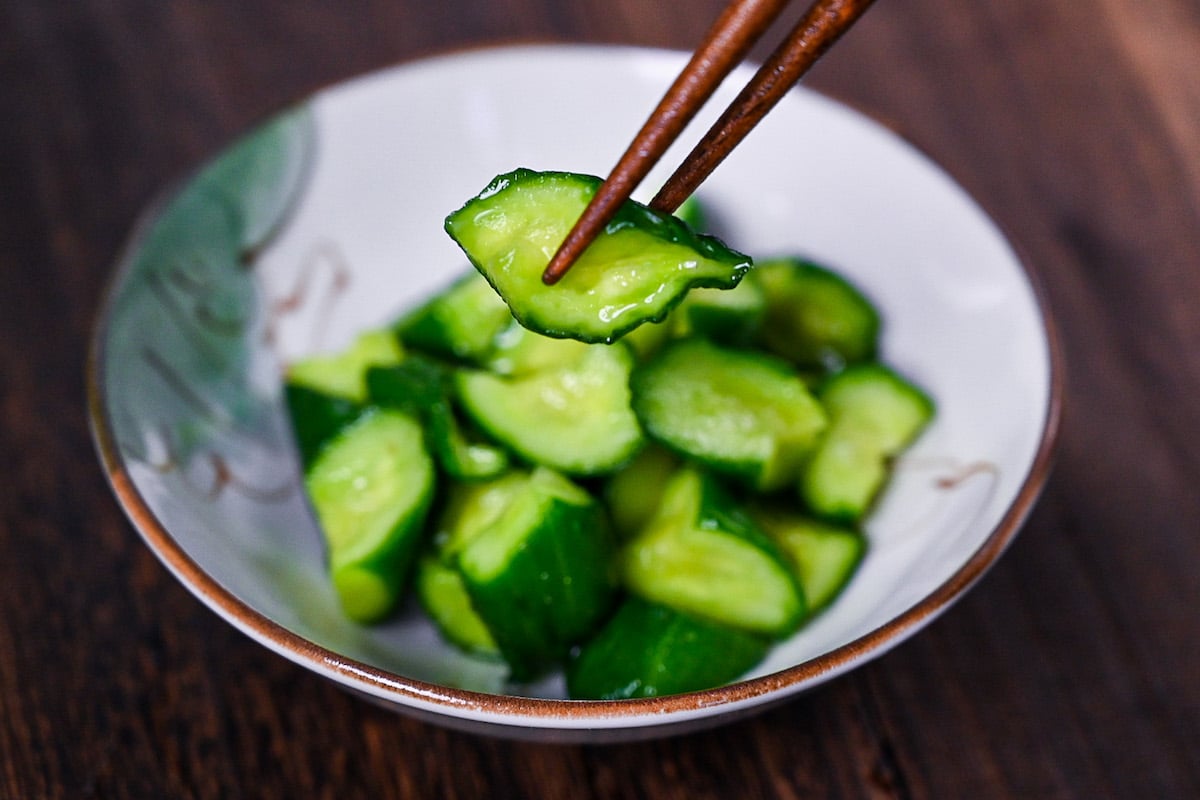
This quick pickle pairs the crispness of cucumber with the sharpness of wasabi for a bold yet balanced taste. A hint of sugar softens the spice, making it addictive and refreshing.
It’s an easy way to enjoy wasabi beyond sushi and adds a fresh, spicy kick to any side dish selection.
11. Homemade Shibazuke

This vibrant Kyoto pickle blends eggplant, cucumber, and shiso leaves into a beautiful purple mix. Pickled in a salty, slightly sour brine, it develops a tangy, aromatic flavor that’s both refreshing and addictive.
As a traditional specialty, shibazuke captures peak-season produce in a single dish.
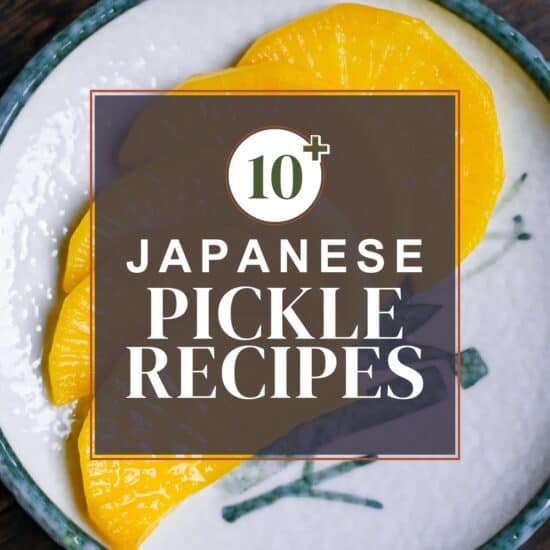











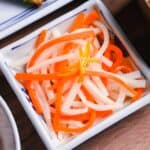

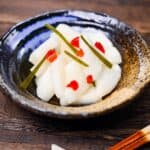
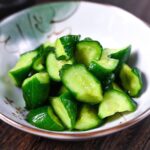

Leave a rating and a comment